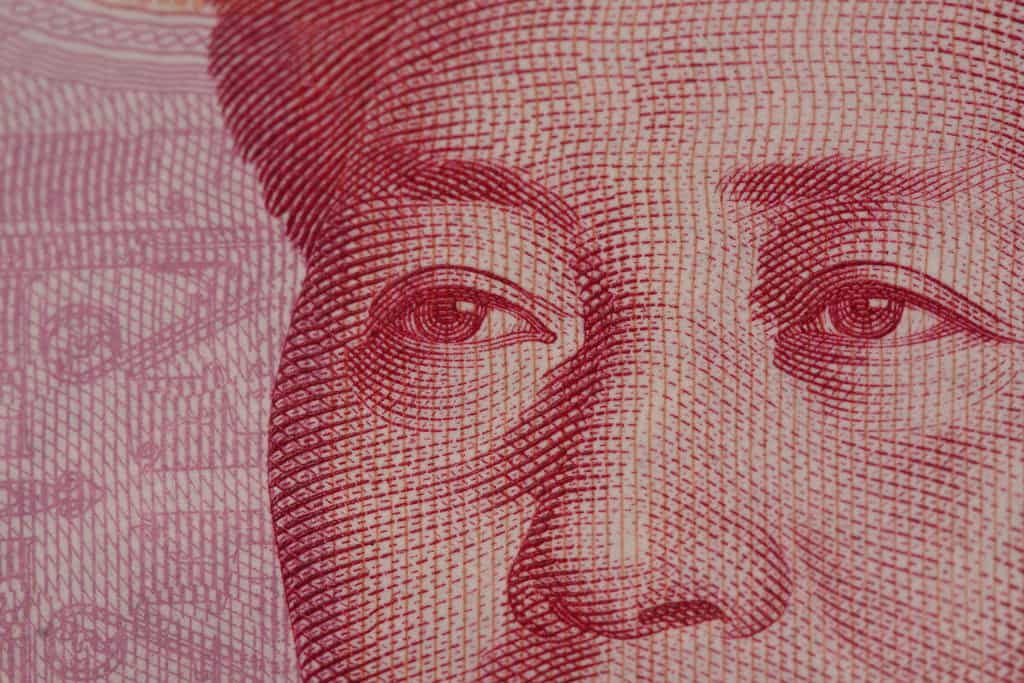The offshore Chinese yuan has risen to its highest level in 20 months, providing the People’s Bank of China with opportune conditions for firming up the foundations for its expanded use abroad.
The central parity rate of Chinese yuan rose to 6.4574 against the US dollar on 15 January, for an increase of 358 basis points compared to the preceding trading day, and its highest level since 3 May 2016.
According to analysts the yuan received a boost from market participants adjusting their exchange rate expectations and overseas hedge funds expanding their renminbi holdings in anticipation of further declines in the greenback.
Merrill Lynch FX Strategist Myria Kyriacou said to 21st Century Business News that the yuan’s piercing of key thresholds against the greenback was due to the US Dollar Index falling to its lowest levels since February 2015.
The market has also been keenly disappointed by the inability of Fed rate hikes to invigorate the dollar, leading to a large-scale flow of capital to emerging markets, which has further spurred gains in the yuan.
Data from Merrill Lynch indicates that during the week from 3 – 10 January global funds of up to USD$4.3 billion flowed into emerging economies, for the largest one-week inflow in 73 weeks.
“Amongst countries with equal credit ratings, China’s benchmark interest rates are the highest,” said HSBC senior FX strategist Wang Ju (王菊) to 21st Century Business Herald.
“For this reason global capital flows have been drawn to renminbi assets, to earn double revenues off its appreciation in value and the interest rate spread.
According to Wang the strength of the yuan provides outstanding conditions for the People’s Bank of China to further drive internationalisation of the Chinese currency.
“During the process of renminbi internationalisation, the central bank focuses more on whether the renminbi can maintain stability against the CFETS (Chinese Foreign Exchange Trade System) basket of currencies.
“The reason for this is that in an era when the foreign reserves of various countries are diversified, if a given currency can maintain stability against a basket of currencies, this makes it highly appealing to large-scale financial institutions and central banks when it comes to stabilising or increasing asset values.”


